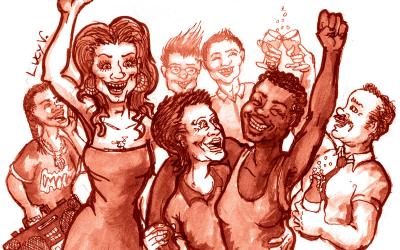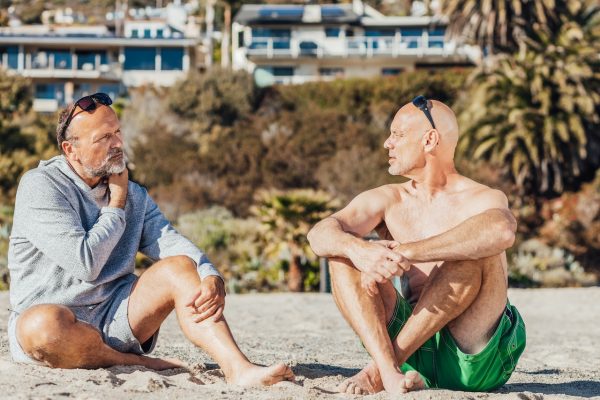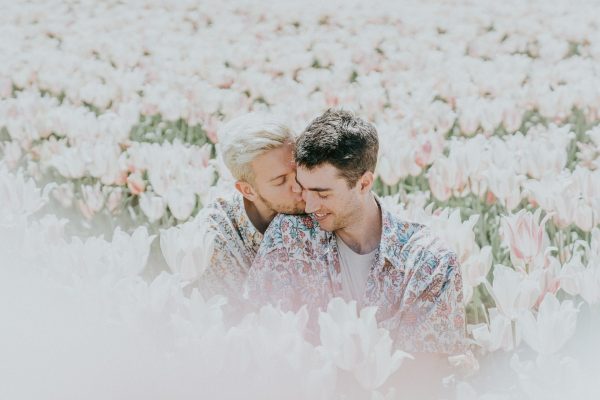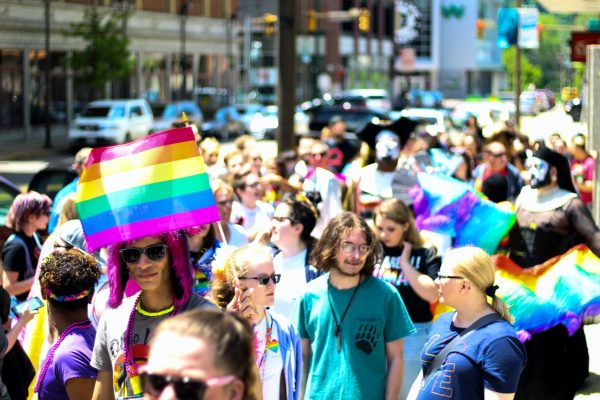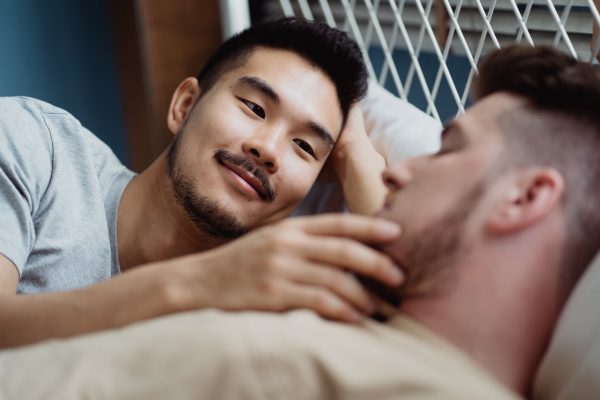Last but certainly not least in the LGBTQ acronym is Queer.
Queer is an identity describing people who have a non-normative gender identity, sexual orientation, or sexual anatomy—includes lesbians, gay men, bisexual people, and transgender people, and allies. Since the term is sometimes used as a slur, it has a negative connotation for some LGBTQ people; however, others have reclaimed it and are comfortable using it to describe themselves.
The History
The word queer “has been used since the early 16th century mostly to denote people considered to be odd or eccentric. It has also designated being of unsound mind, the state of drunkenness, and counterfeit money, among other irregular things-things contrasted with the norm” (Herbst 237). Queer wasn’t used to describing gay communities until the early 20th Century. Then queer was used by the heterosexual community to separate themselves from the gay communities (Herbst 237).
Later in the 80s, the word queer became “associated with the aptly named Queer Nation (“We’re here, we’re queer, get used to it”) and the AIDS Coalition to Unleash Power” and then moving to the use of queering as a way of appropriating everyday things and identities for the community (Herbst 237).
Since I think the LGBTQ Community is also known as the Queer Community, here’s an article I wrote of different stereotypes.
Instead, here are some facts about the word and/or identity:
- Some people see the word queer as a slur, while other people have reclaimed it. Today, many people identify as queer as an identity of sexual fluidity. However, some people find it offensive (Everyday Feminism).
- Not everyone uses queer and gay interchangeably. It is really just a matter of identity and a person’s interpretation of them (Everyday Feminism).
- The UndocuQueer Movement is a movement made up of queer activist that are undocumented immigrants. With their citizen status, visibility can be hard for this community, but they refuse to live in the shadows in order to gain rights to live freely (Equalityarchive).
- The three women who started the Black Lives Matter movement, Alicia Garza, Opal Tometi, and Patrisse Cullors, are queer.
- You don’t have to date someone of the same sex to identify as queer. Just like the other identities, one should never feel they have to prove their sexuality.
- There is a big field of study known as queer theory, that works to challenge “notions of homosexuality and heterosexuality” and works to understand it by basically looking at things as queer and recognizing diverse identities. Some well-known queer theorists are Judith Butler and Alexander Doty. (University of Washington)
Sources
Herbt, Philip H. Wimmin, Wimps, & Wallflowers: An Encyclopedia Dictionary of Gender and Sexual Orientation Bias in the United States. Yarmouth: Intercultural Press, Inc, 2001. Print.
Everyday Feminism “3 Differences Between the Terms “Gay” and “Queer” – And Why It Matters”: http://everydayfeminism.com/2016/03/difference-between-gay-queer/
Equality Archive UndocuQueer Movement: http://equalityarchive.com/issues/undocuqueer-movement/
Black Lives Matter: http://blacklivesmatter.com/herstory/
Queer theory: https://faculty.washington.edu/mlg/courses/definitions/queer.htm
Originally posted on my blog: https://coloritqueer.wordpress.com/2016/04/08/the-q-in-lgbtq-on-the-queer-community/


